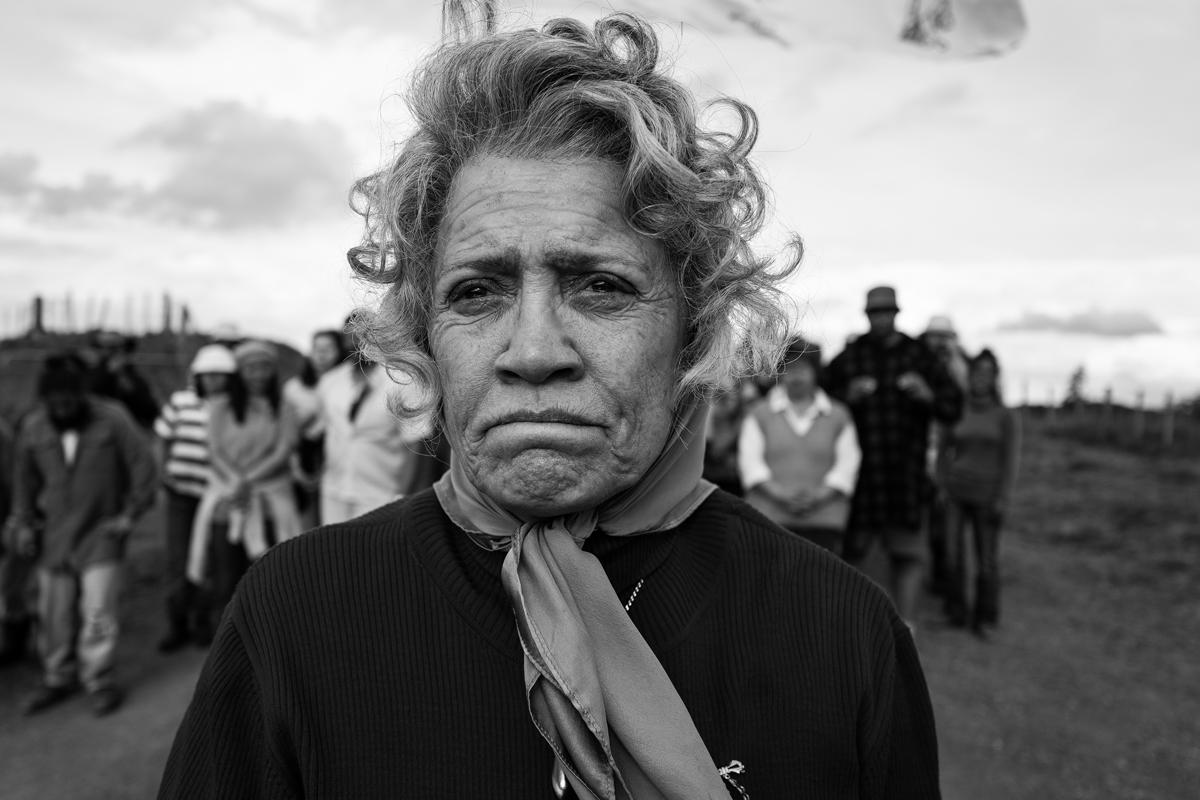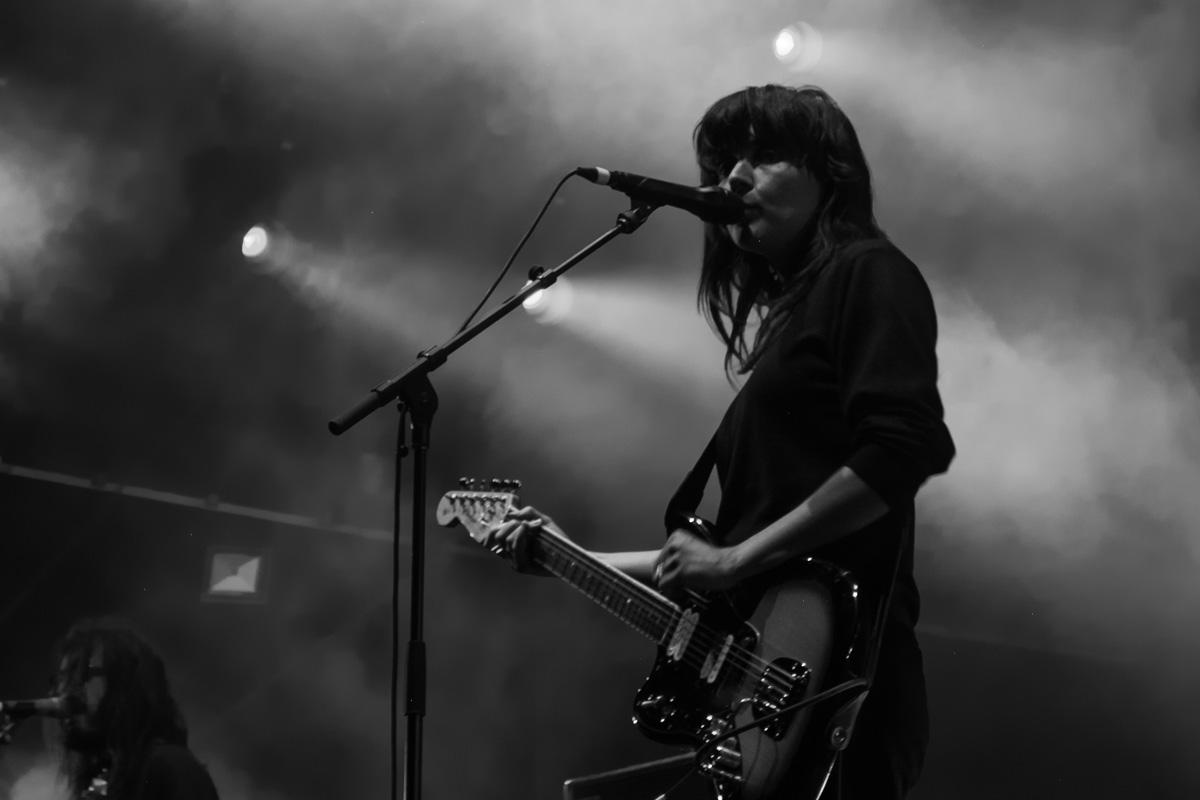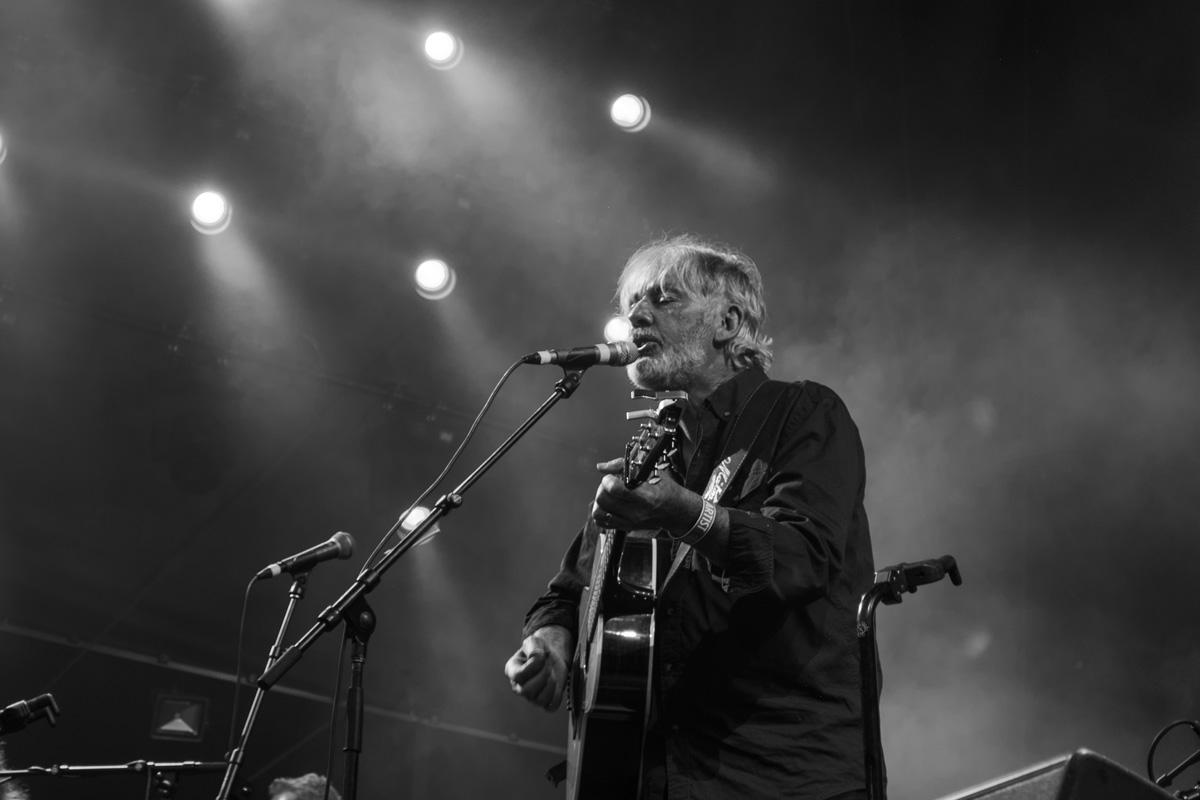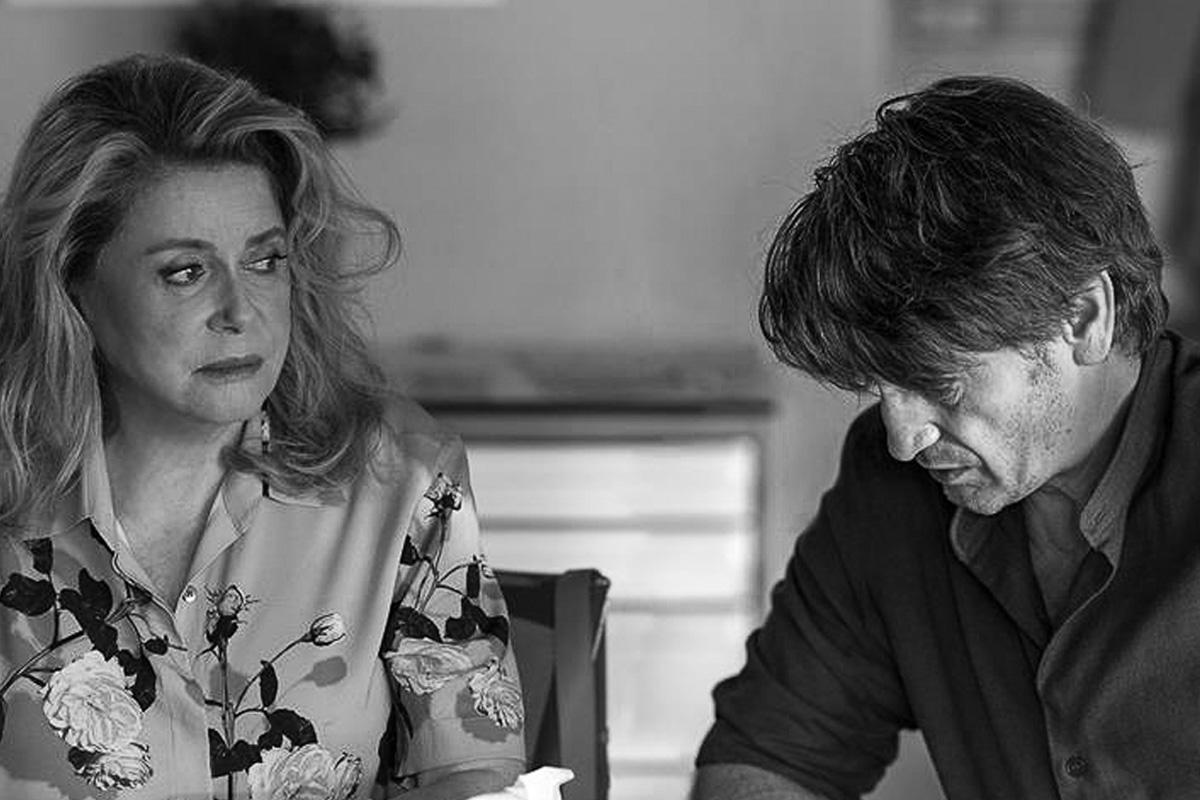
Directed by James Napier Robertson & Paula Whetu Jones
Starring Rena Owen, Miriama McDowell, Vinnie Bennett
English, Maori (with English subtitles)
112 mins
Palace Nova Eastend Cinemas, Sunday 30th October, 4.30pm
Adelaide Film Festival
Buy Tickets
Robertson and Jones’ biopic of New Zealand’s Mother of the Nation, Whina begins in 1975 with a powerful shot of Rena Owen standing with fierce optimism. With a cinematic merging of gender and land themes, 1895 saw Whina Cooper being born into this loss of land, while distinctly labelled ‘not a boy’ at birth. Whina embodied her activism in the fight for female presence to lead societal change by marching the length of the North Island to Parliament House, bringing unity and recognition of Māori land rights. The 640km march allowed the Māori people to finally be seen and heard by ‘waking up the consciousness of the pakeha’ (English settlers). Compensation began and continues because of this outcry from the Māori.
Whina is compiled of scenes flitting back and forth across eras spanning 1895 – 1975, not always with fluidity. Considering the connection to land holding paramount importance to her story, and New Zealand being known for its rugged terrain, Leon Narbey’s cinematography surprisingly didn’t spotlight this expansive element. A reverence for the land was lost in this decision as a recurring quote adds to this sentiment, ‘land is permanent, people disappear’. A cinematic highlight, however, was the inclusion of real footage from the 1975 march, holding the greatest emotion for me as it spoke of Whina and her actions as the beacon for not only her people, but Indigenous communities worldwide. Another touching scene was Bennett heralding McDowell as chief by a moonlit window; this composition created a stunning display of his intimacy and belief in her sacred duty. The plot clearly held themes of the burden of leadership and the tender balance needed to mediate communication between different authorities and worldviews. A pattern emerged of shots panning from elite shoes up to the person, reflecting this continual play with power.
While the themes of Whina’s life and her fight for Indigenous and gendered equality resonate, there was little connection to character. The intergenerational, gendered and religious tensions were strongly felt, yet Owen and McDowell’s portrayals lacked originality. Time after time, Whina was shamed and exiled from land and community and yet the pace of the film didn’t allow us to truly connect with her turmoil, instead check-boxing key events. Considering the historical weight of her life and the events for the Māori, I felt there was little room to honour cultural presence. Thankfully, the craftsmanship of the wood carved guardians provided meaningful commentary on Māori healing, opposing the colonisation of their sacred beliefs; this dissonance between religion and culture was an important feature.
Although the historical significance will remain close to the viewers, the overall production of Whina felt somewhat tired and predictable. I was left wanting more connection to place and people, as Dame Whina Cooper ONZ DBE clearly personified in her 98 year fight.






Leave a Reply